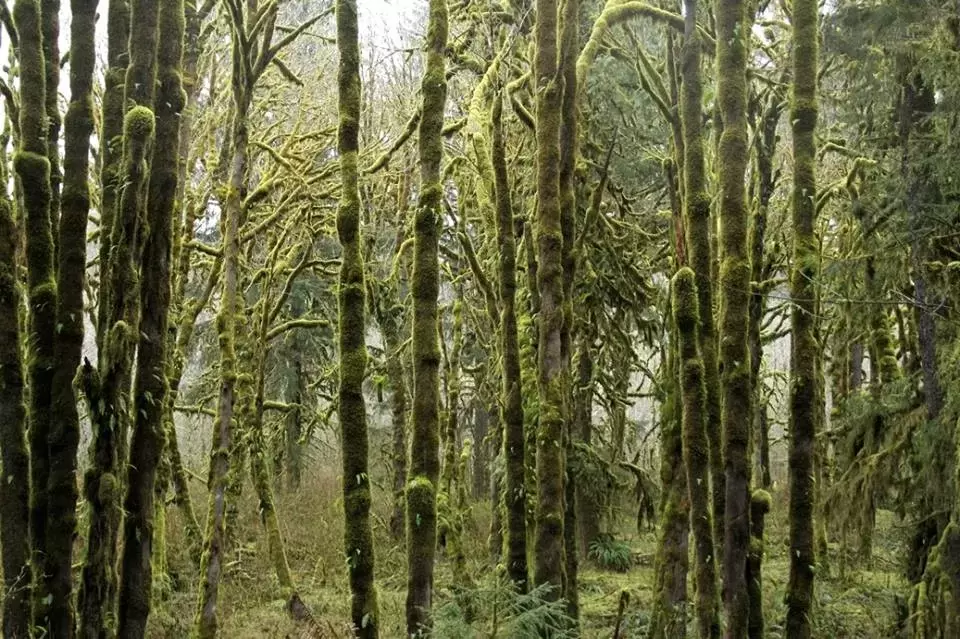The BC First Nations Forestry Council [FNFC] and Tseshaht First Nation are inviting all first nations whose traditional territories fall within the Arrowsmith and Pacific timber supply areas to attend a strategy session in the Tseshaht Great Room on Feb. 16.
The session is targeted at chiefs, councillors and tribal council representatives who hold forestry governance and policy) portfolios(as opposed to forestry operations, according to meeting coordinator Keith Hunter.
“We try, through the years, to hold regional engagement sessions to support the first nations in the region,” Hunter said.
“[FNFC] works on policy support, policy development and technical assistance. We are not in a role of consultation for first nations,” he added.
Over the next two years, the Ministry of Forests Lands and Natural Resources is conducting a long-term Timber Supply Review in the Arrowsmith timber supply area, while B.C. Timber Sales is conducting a similar review in the Pacific timber supply area. The goal of these reviews is to determine the inventory of timber, which, in turn, is used to set up the annual allowable cut.
Ultimately, the data will be incorporated into the Five-Year Forest Stewardship Plan, which folds into the Vancouver Island Land Use Plan.
Hunter added that, while all this is going on, the ministry is also creating a pilot Integrated Resource Management Plan to set up a silviculture strategy for the next 10 years.
B.C. Timber Sales is a Crown corporation that operates independently of the South Island Forestry District. The Arrowsmith timber supply area is laid out across the traditional territories of 37 first nations, while the Pacific timber supply area directly impacts 45, Hunter explained.
It is a complex, highly enmeshed set of jurisdictions and governing bodies, and as the various reviews unfold, individual first nations can become inundated with government data and reports.
“Because of the fragmented timber supply areas… if we continue to look at it through [provincial] administrative boundaries, it makes it very difficult for first nations to have the capacity to determine what the effects will be in their territories.”
Hunter said the goal of FNFC is to pool the planning and response capacity of the affected nations to create a better consultation process.
“We’re going to invite all of the affected tribes in both these timber supply areas, and have a working session with the First Nations to determine what sort of strategic planning support needs to be provided, and also what sort of policy support we need to add to help it be more efficient for the first nations.”
Hunter said by acting as a regional point of contact, FNFC could improve the flow of information between the province and affected first nations.
“We keep repeating the same things. The ministry keeps responding and reacting to their own frameworks,” Hunter said. “It’s very important for communication purposes and strategic planning that first nations gather up for candid, open discussions about what the effects are, and how we can address things on a higher policy level.”
The Tseshaht Administration Building is located at 5091 Tsuma-as Drive in Port Alberni. Registration begins at 8:30 a.m. on Feb. 16, with the meeting running from 9 a.m. through 4 p.m.
Attendees are responsible for travel and accommodation costs. Snacks and a light meal will be provided.
For more information, and to confirm attendance, please contact Keith Hunter at 250-720-8907 (office) or 250-731-3998 (cell). He can also be reached by email at FirstNationsWildcrafters@shaw.ca.







